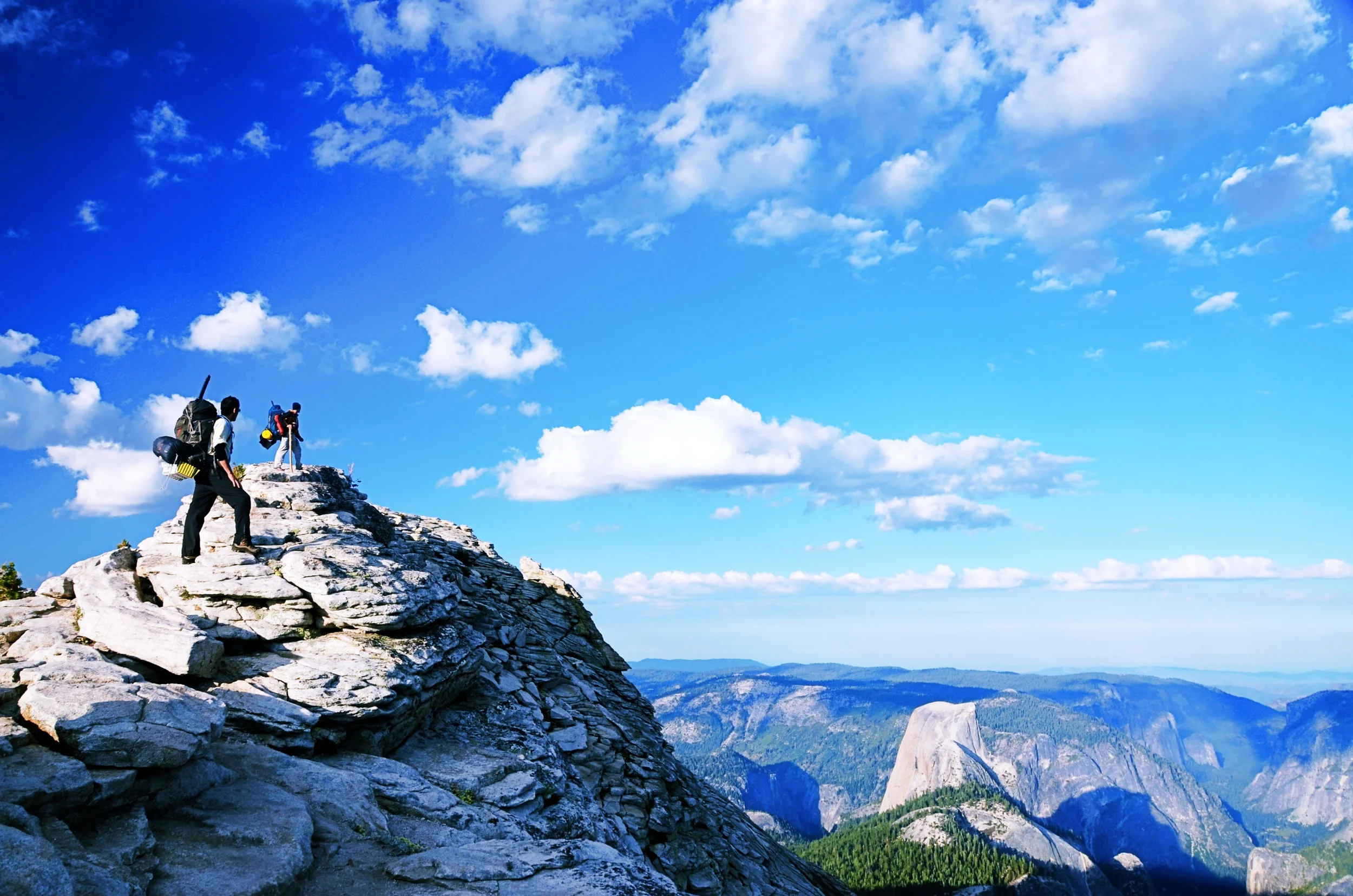“Stop being so formal, you are not learning a militaristic art. Learning a tribal art it is like having a BBQ with your favorite uncle while exchanging stories!” exclaimed James Keating, the Master At Arms as he continued teaching “You dont have to yes sir me to death, I dont own you. We share here like family and you just call me Uncle Jim."
Most students of the Martial Arts will have heard their instructor tell them to relax more. When relaxing, most students shake off their bodies and “try” to relax their muscles. Some of them may think of relaxing in terms of going dead or limp. However, soon they will realize that relaxing is a state of being that is also present when they move.
Relax Damn It! Let go, let the motion be, dont try to do the technique, let it flow through you. I have found myself saying these words over and over again in the dojo. And yet the words seldom sink in deep enough to cause real change.
Modern life, especially with all of the technology we have is driven by stress. Unless you actively get on a program to de-stress as a martial artist, you are in serious trouble. Why should you care about it?
Wham. Bham. Take some more punishment. Condition harder, sweat it out. Now to prepare for that one (a handful at most) encounter/s, most ardent practitioners put their bodies and minds through a lot of abuse. It is almost a cliche to hear of martial artists’ with bad knees, hurt backs, jammed joints etc.
Martial training usually has one focus - survival. This means doing maximum damage on your opponent while sustaining minimum impact on oneself.
Martial Musings: Champion or professional?
I was having one of my conversations with Uncle Jim (James Keating, the famed Master at Arms) on all things Martial Arts and life. The topic of many hardships in life came up and how “events will always happen to you and around you."
I told him about certain personal and work challenges that had lately engulfed me. He patiently heard me and then shared some of his own challenges in these times. However he then asked me a question: “Mahipal do you know what is the difference between a champion and a professional?"
These past two weeks have been rough in the dojo. One student has a herniated disk in the neck, another has hurt her foot really bad and the third hurt his back during a fall from his bike. One asked me if s/he should still train and what advise I would have for them. So I shared my own personal story.
I had abused my body for many years, pushing it to limits - someitmes in the name of performance, and sometime becuase I did not know better. Just the previous week I had hiked up Dana Peak on a shugyo with my boys.
Some of my students and instructors were excited about the possibility of having access to an indoor dojo. I stood somewhat aside, and one of my students observed my disapproval. He sheepishly asked me, "Is there a problem Sensei? It might be nice to train indoors."
"This park is sacred ground to me. And there is a reason I train outdoors. Do you know what it is?"
"We don't want to be tied down paying for the training hall or compromise how we teach?" he answered, almost as though it were a question back to me.
Martial Musings: Defining oneself and one's practice AKA This is not your friendly neighborhood McDojo I had a strange conversation this week. A millionaire father contacted me to "do my aikido and fix his 3 children" who were aged between 18 and 23. He also expected prompt responses in writing about when he wanted me to show up, then spend 2 hours each day with his kids. He then wanted to know if I had the facilities to accept his AmEx card, as he would not use any other card. Finally he emphasized his "kids" would be driven by a private chauffer.
Training in different environments is a critical aspect of our training. It informs how we hold and change our structure, influencing how we move. Additionally we have sought to make the most beautiful places in the world our dojo - the place where we practice our ways. The aesthetic aspect of training trains a worldview which we believe to be imperative in becoming whole martial artists.About El Tajin: Located in the state of Veracruz, El Tajin was at its height from the early 9th to the early 13th century.
If you have seen the movie Ghost Dog you have been introduced to the Hagakure. If you have studied the Bushido in any form, then no doubt you have come across this work. Profound and misunderstood at the same time. A lifetime treat to unravel slowly and delibrately. READ THIS BOOK if the old ways of the blade call you
The warrior rule in Japan lasted from 1160 to 1868. In 1710 Tsunetomo Yamamoto began dictating perhaps one of the best known and least understood books on the Way of the Warrior- The Hagakure. This is the Code of the Samurai. The book is a collection of parables that point towards the Samurai life.










